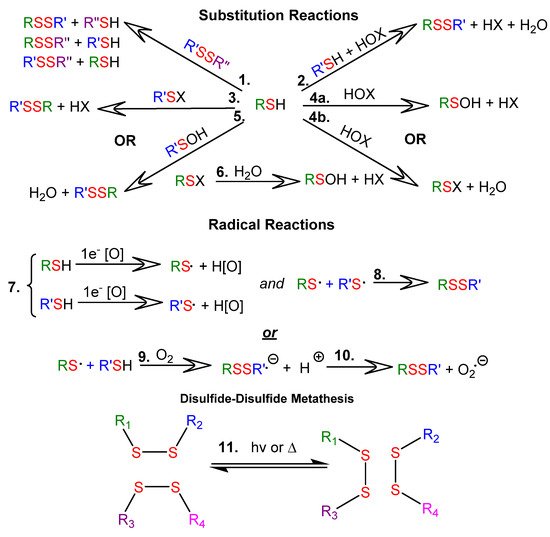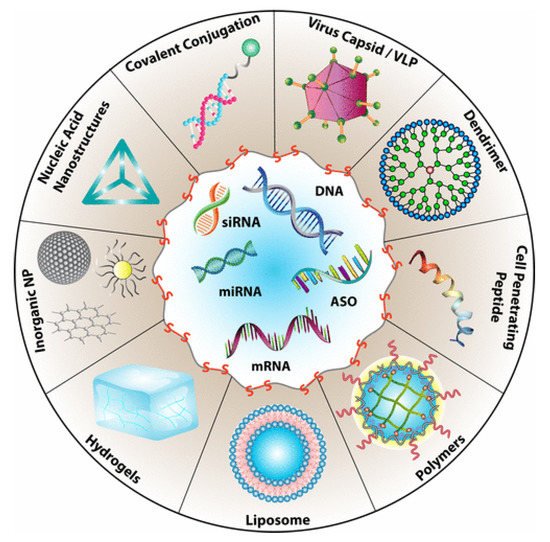1000/1000
Hot
Most Recent

Thiols (RSH) and disulfides (RSSR) are components of many proteins, biopolymers, and biomolecules. Many can be interconverted by simple oxidation and reduction reactions that change drastically their properties and those of host molecules of which they are a part.


